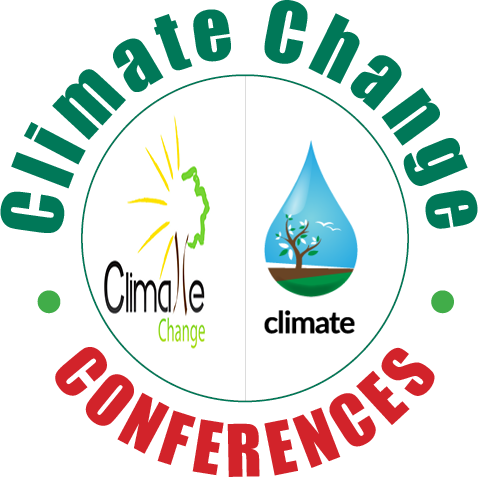Suhendar I Sachoemar
Agency for the Assessment and Application of Technology, Indonesia
Title: Development of sustainable aquaculture on the base of Sato-Umi to anticipate the environment and climate change in the coastal area of Indonesia
Biography
Biography: Suhendar I Sachoemar
Abstract
Indonesia is the largest archipelago in the world. Its coastline is about 95.181 km with a sea area of 5.4 million km2. Indonesia has 1.2 million hectares (ha) of brackish water pond area, but only 37.5% of them are used for aquaculture activities. However, marine culture area is only used about 2% from the 4.5 million ha that is available. The low utilization of brackish water pond and marine culture area are generally caused by environmental damage due to the excessive exploitation by intensive aquaculture activities during the period of 1980s and climate change that caused sea level rise in the coastal area. In line with the growth of global paradigm in the face of the environmental and climate change as response to the global warming, it is time for Indonesia to implement the concept of management and utilization of natural resources, taking into account the balance and stability of the natural resources and the environment, such as in the concept of Sato-Umi. The integrated multi thropic aquaculture (IMTA) on the bases of bio-recycle system and Sato-Umi concept should be applied for sustainable aquaculture. An experiment of the IMTA in the brackish water pond as a closed system model (CSIMTA) has shown good performance in the production of multi species fisheries commodities as well as water quality stability. In the onshore area, developing of open system model of IMTA (OSIMTA) by combining seaweed culture and floating cage of multi species fisheries commodities also seem to have a good prospective to improve productivity of coastal area. In the future, developing aquaculture models using the bio-recycle system to reduce and minimize the inorganic and organic waste from the remaining feed, faeces and the other sources will be useful to maintain sustainable aquaculture in the coastal area.
Recent Publications
-
Suhendar I Sachoemar, Agung Riyadi and Wage Komarawidjaja (2017) Water productivity and fish abundance variability in the southern coastal area of Kalimantan revealed by satellite data. Jurnal Hidrosfir Indonesia. 13(1):55–60.
-
Ratu Siti Aliah and Suhendar I Sachoemar (2016) Water quality at fish farming area of Hurun Bay, Lampung. Journal Hidrosfir Indonesia 12(3):125–130.
-
Agung Riyadi and Suhendar I Sachoemar (2015) Coastal water productivity variability within Java region revealed by satellite data. Jurnal Teknologi Lingkungan 16(2):65–70.
-
Ratu Siti Aliah and Suhendar I Sachoemar (2015) Evaluation the environmental of Batam mariculture area. Jurnal Hidrosfir Indonesia 11(2):85–90.
-
S I Sachoemar, T Yanagi and R S Aliah (2014) Sustainable aquaculture to improve productivity and water quality of marginal brackish water pond. Journal of Coastal Marine Science 37(1):1–8.

